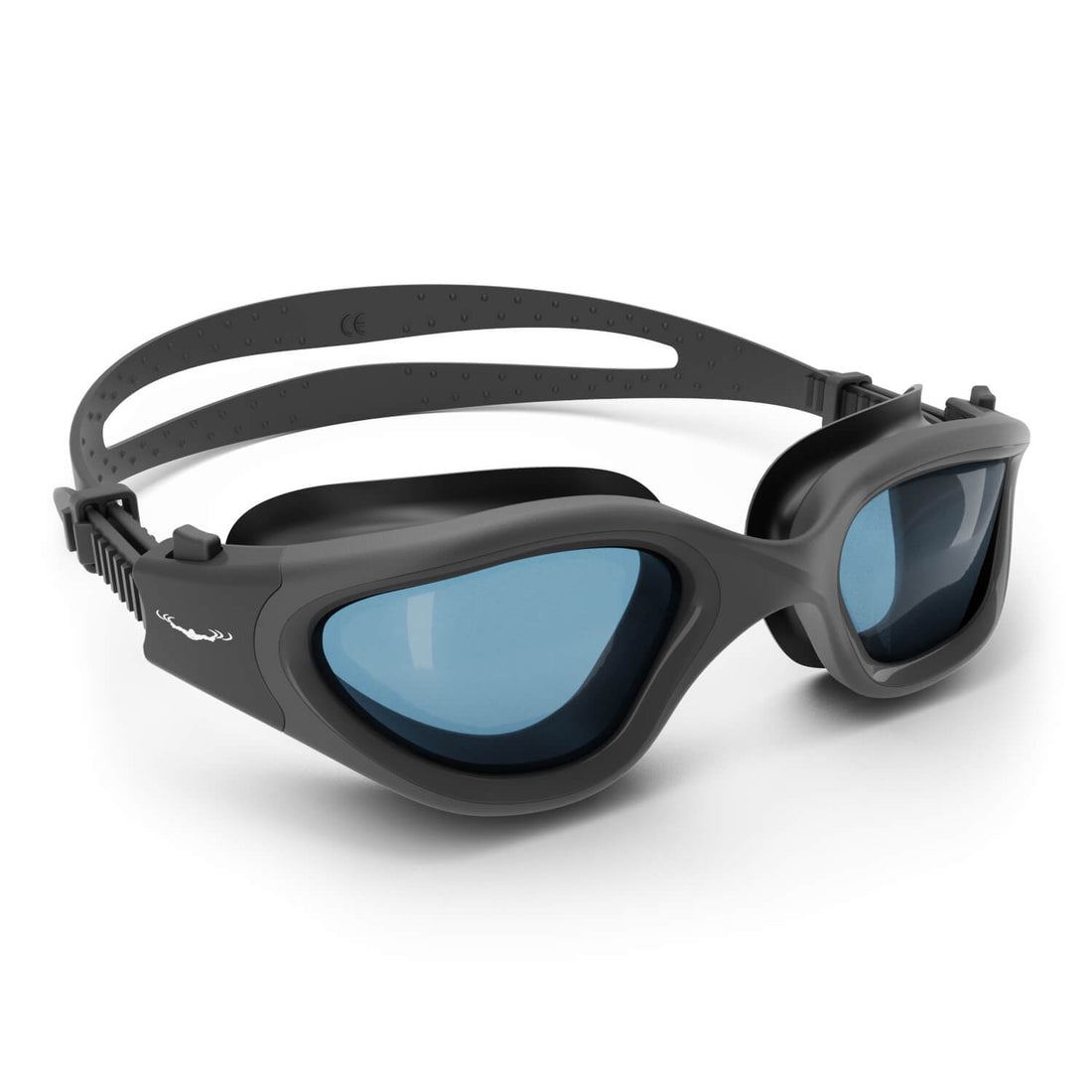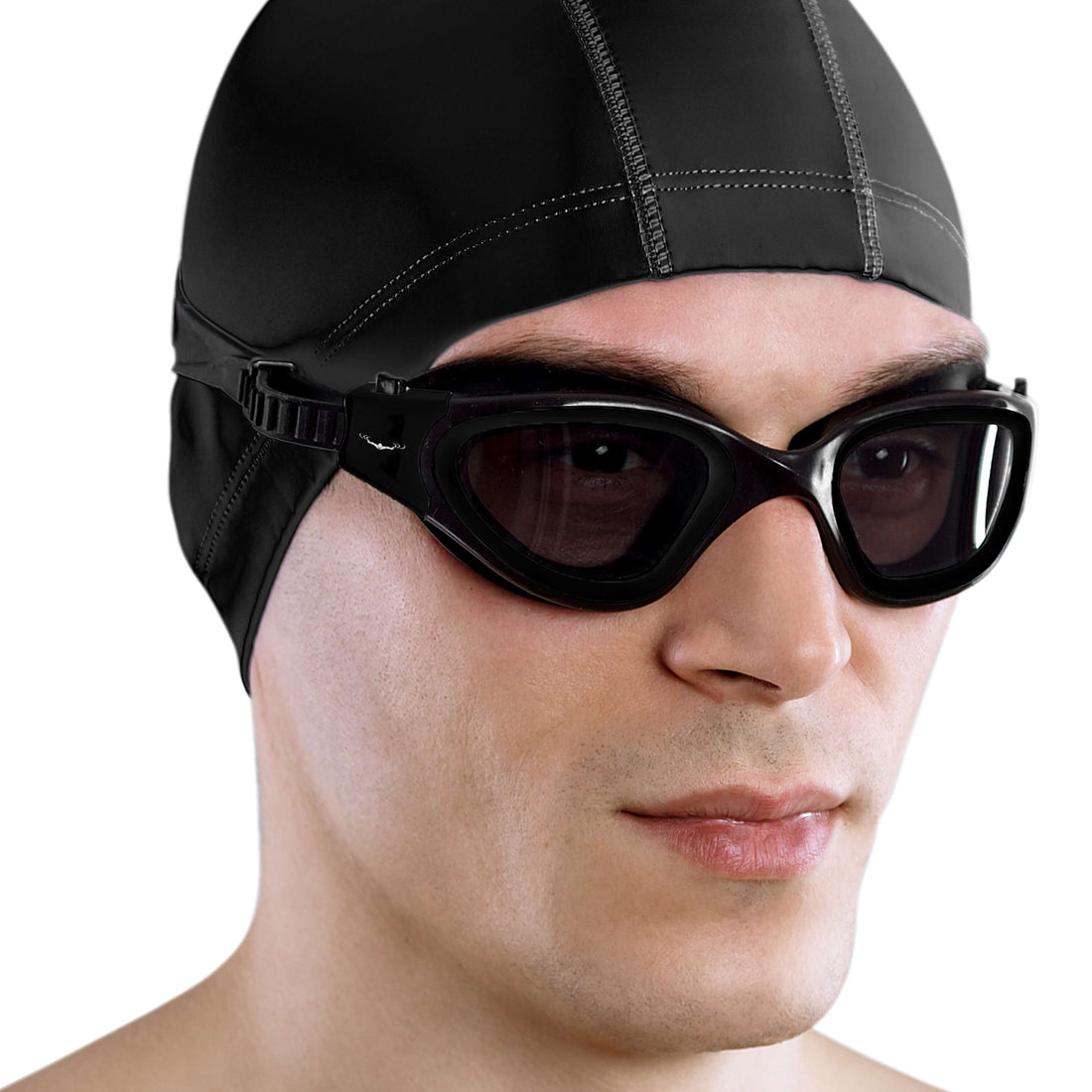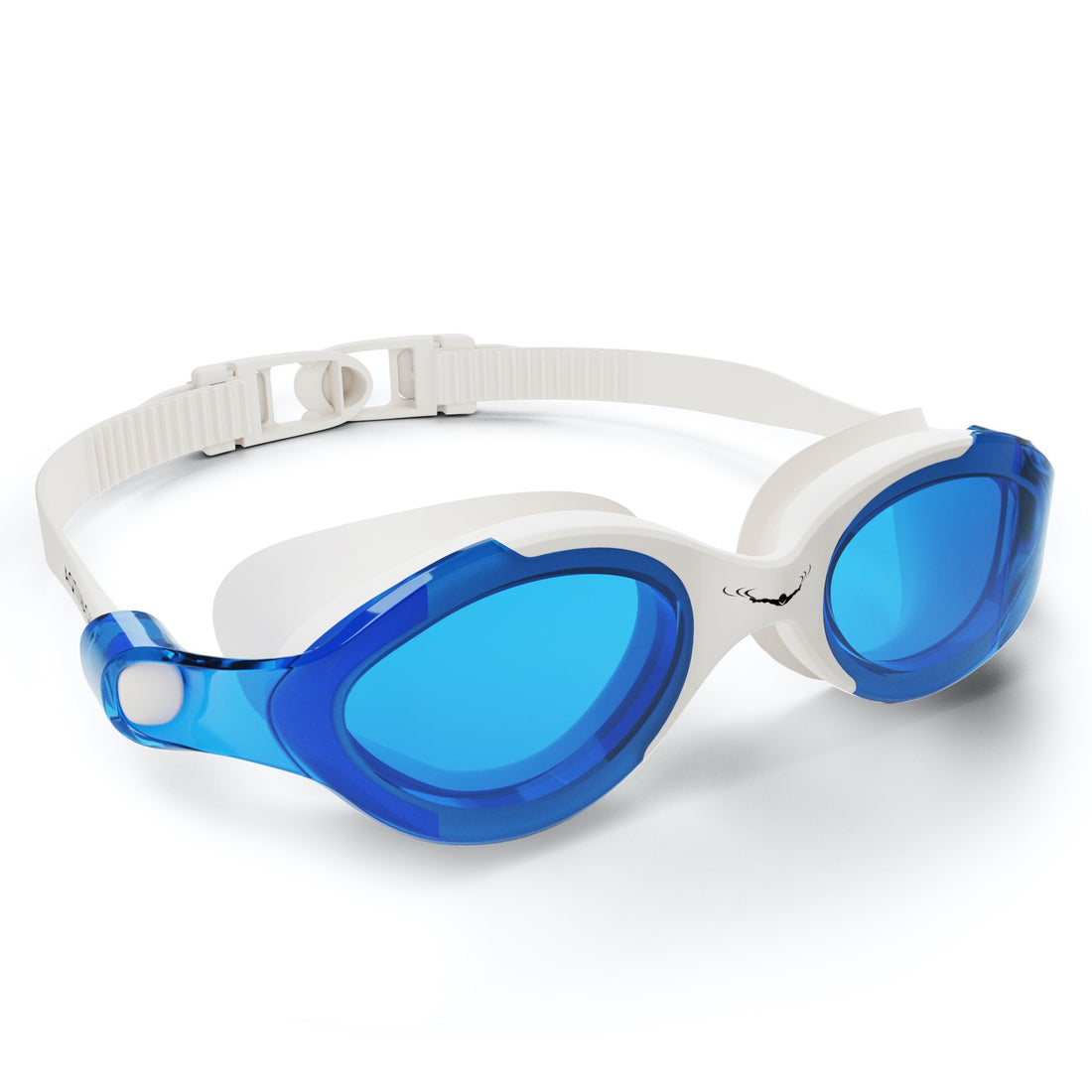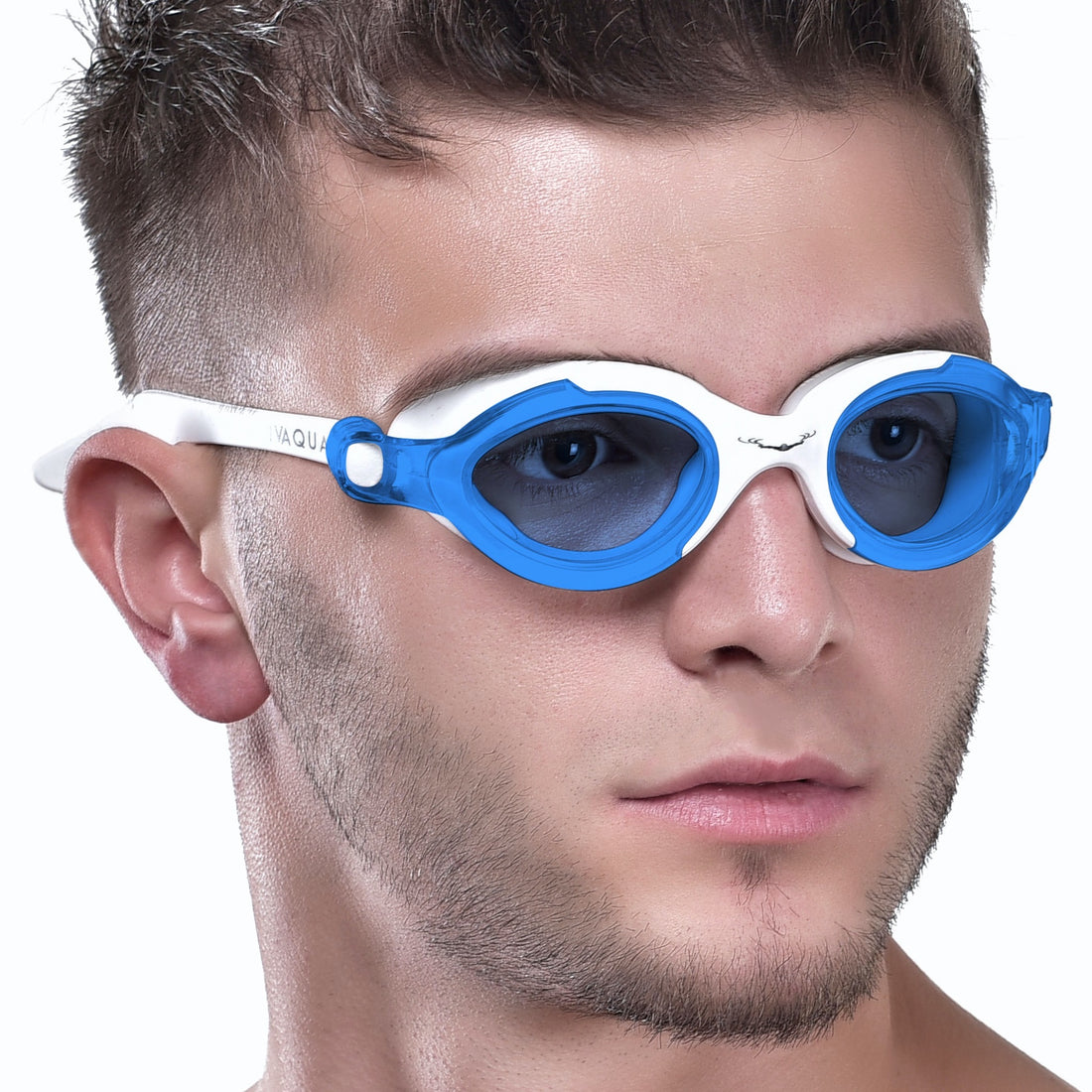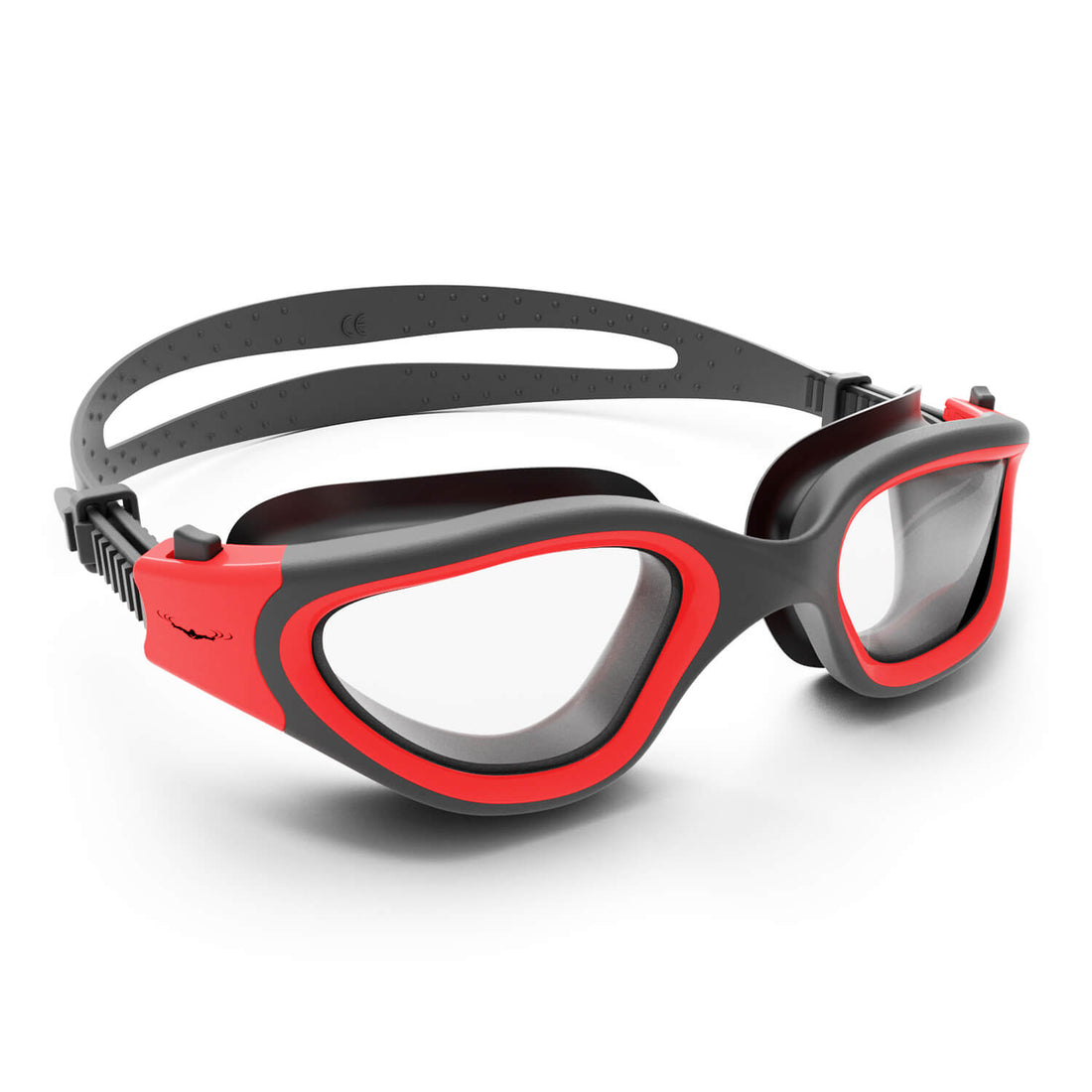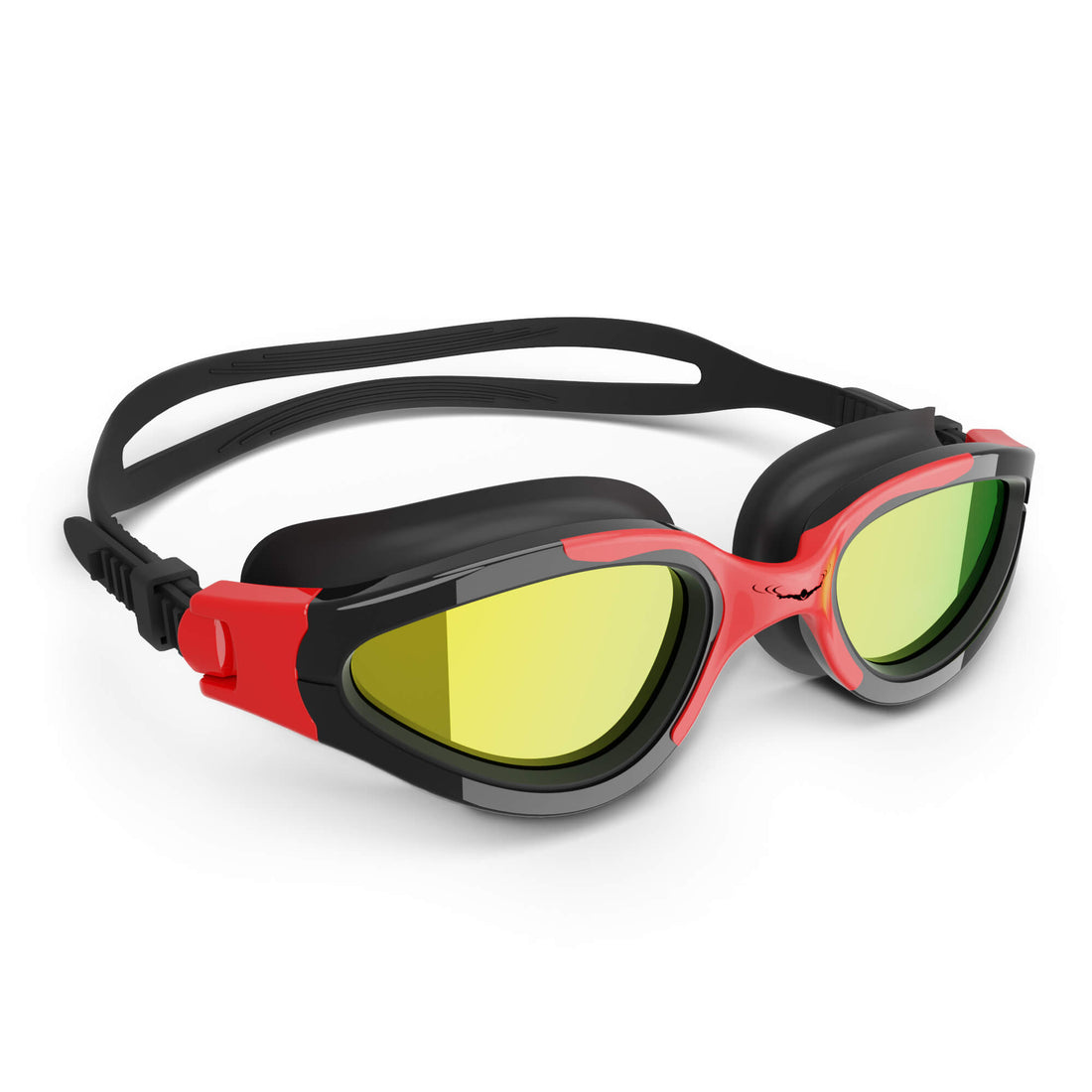Frequently Asked Questions
1. What are the benefits of swimming for fitness?
2. How do I set swimming goals?
3. What essential gear do I need for swimming?
4. How can I create a structured swimming routine?
5. What nutrition tips should swimmers follow?
Swimming is not just a leisurely summer activity; it's a powerful workout that can elevate your fitness goals to new heights. Whether you’re looking to lose weight, build endurance, or simply maintain a healthy lifestyle, integrating swimming into your routine can provide a myriad of benefits. In this guide, we will explore various ways to make swimming a cornerstone of your fitness journey, ensuring you stay motivated, engaged, and on track to achieving your goals.
The Benefits of Swimming for Fitness Goals
Swimming offers a wide range of physical and mental benefits that can complement any fitness plan. Here are some key advantages:
Full-Body Workout
One of the standout features of swimming is that it engages almost every muscle group in your body. It’s a full-body workout that strengthens the arms, legs, core, and back, making it an efficient way to build muscle while burning calories.
Low-Impact Exercise
Unlike running or weightlifting, swimming is a low-impact exercise. This means it minimizes stress on your joints and ligaments, making it suitable for individuals of all ages and fitness levels. Swimming is especially beneficial for those recovering from injuries or dealing with joint pain.
Improved Cardiovascular Health
Engaging in swimming regularly helps enhance your cardiovascular system. It improves blood circulation, heart health, and lung capacity. As you adapt to the demands of swimming, you'll likely notice an increase in your endurance and overall stamina.
Weight Loss
If weight loss is one of your primary fitness goals, swimming can be a highly effective tool. It can burn more calories than many other forms of exercise, with vigorous swimming burning around 500-700 calories per hour depending on your weight and intensity level.
Stress Relief and Mental Well-Being
Swimming isn’t just about physical fitness. It can also serve as an effective stress reliever. The soothing properties of water combined with rhythmic movements can help clear your mind and boost your mood. Swimming can also lead to improved sleep quality, which is crucial for recovery and overall well-being.
Setting Your Swimming Goals
Now that you understand the benefits, it’s time to define your swimming goals. Setting achievable objectives will keep you motivated. Here’s how to get started:
Identify Your Fitness Level
Evaluate your current fitness level and swimming skills. This will help you set realistic goals. Consider whether you're a beginner looking to learn basic strokes or an experienced swimmer aiming to improve speed and technique.
Set SMART Goals
SMART goals are Specific, Measurable, Achievable, Relevant, and Time-bound. Instead of saying, “I want to swim more,” aim for something like, “I will swim three times a week for 30 minutes to improve my cardiovascular fitness.”
Track Your Progress
Keep a swim log to track your progress. Note the distance swum, duration, and any improvements in your stamina or technique. This can help you stay accountable and motivate you to continue pushing your limits.
Essential Gear for Effective Swimming
Having the right gear can significantly enhance your swimming experience. Here are some essentials:
Swim Caps
Using a swim cap is essential for various reasons. A silicone swim cap keeps your hair dry, reduces drag in the water, and protects your hair from chlorine damage. Investing in a good-quality silicone swim cap will make your swimming sessions more enjoyable.
Goggles
Quality goggles allow you to see clearly underwater and protect your eyes from chlorine. Look for goggles that fit snugly without causing discomfort.
Swimwear
Choose comfortable, durable swimwear that allows for a full range of motion. Opt for styles designed for performance rather than just fashion, as these will help you swim better.
Creating a Swimming Routine
Implementing a structured swimming routine will help you stay consistent. Here are some tips on how to create your schedule:
Frequency and Duration
Begin by establishing how many days a week you can realistically swim. For most beginners, starting with 2-3 sessions per week and gradually increasing as you build endurance is ideal. Aim for sessions lasting 30 minutes to an hour.
Mix It Up
To avoid boredom and work on different skills, incorporate variety into your routine. Try different strokes like freestyle, breaststroke, backstroke, and butterfly. You can also include drills and skills practices to enhance your technique.
Add Strength Training
Consider supplementing your swim routine with land-based strength training. Stronger muscles can improve your swimming performance, and targeted workouts can increase your overall strength and reduce injury risk.
Nutrition and Hydration for Swimmers
Nourishing your body is essential, especially when you're swimming regularly. Here are some nutrition tips:
Pre-Swim Nutrition
Fuel your body with a light snack before swimming. Opt for easily digestible carbohydrates like a banana or whole-grain toast. Avoid heavy meals that might make you feel sluggish in the water.
Hydration
Stay hydrated before, during, and after swimming. Even though you're in the water, your body can lose fluids. Drink water regularly to maintain optimal hydration levels.
Post-Swim Recovery
After swimming, refuel with a protein-rich snack combined with healthy carbohydrates. This could be a smoothie, yogurt, or a protein bar. These nutrients will help repair muscles and replenish energy.
Staying Motivated on Your Swimming Journey
Staying motivated is crucial to incorporating swimming into your fitness goals. Here are several strategies to keep that motivation flowing:
Find a Swimming Buddy
Swimming with a friend can make your sessions more enjoyable and hold you accountable. Make a schedule together and encourage one another to stick to your swimming goals.
Join a Masters Swim Program
If you’re looking to improve your technique and swim with others, consider joining a local Masters swim program. These groups usually cater to adults and provide training, coaching, and social opportunities.
Set Challenges
Challenge yourself and track your progress. Set goals like swimming a certain distance or completing a specific number of laps without stopping. You might even consider participating in a swim meet or charity swim event.
Embracing the Swim Lifestyle
Incorporating swimming into your fitness goals can profoundly impact your physical and mental well-being. By setting clear goals, creating a consistent routine, and surrounding yourself with supportive communities, you'll not only achieve your fitness objectives but may also fall in love with the aquatic lifestyle. Here’s to making waves in your health journey!
Explore another user's Shopify or Wix store by following this link to their store. Keep in mind that this is a promotional link, and we assume no responsibility for the content of the linked store.



